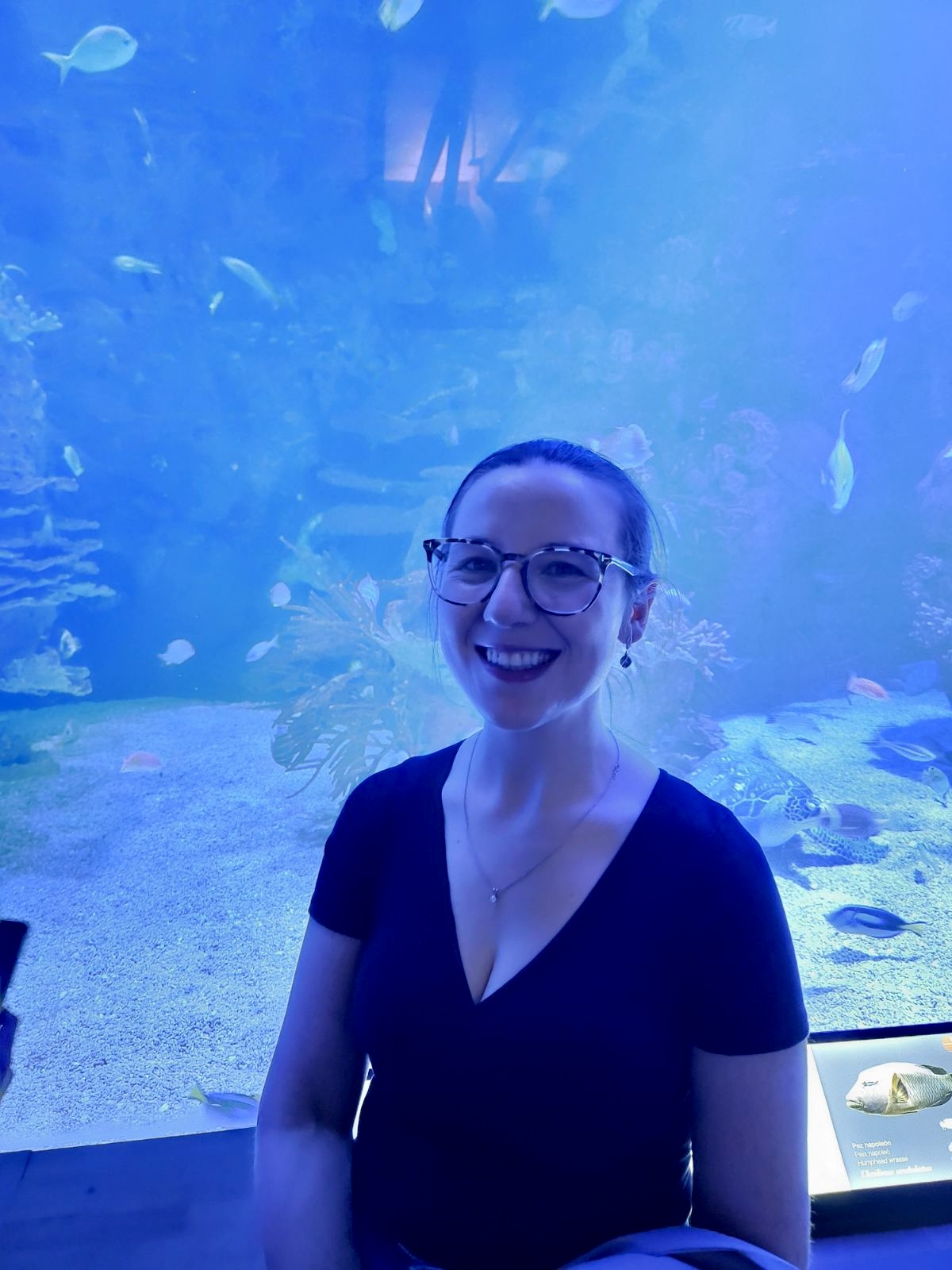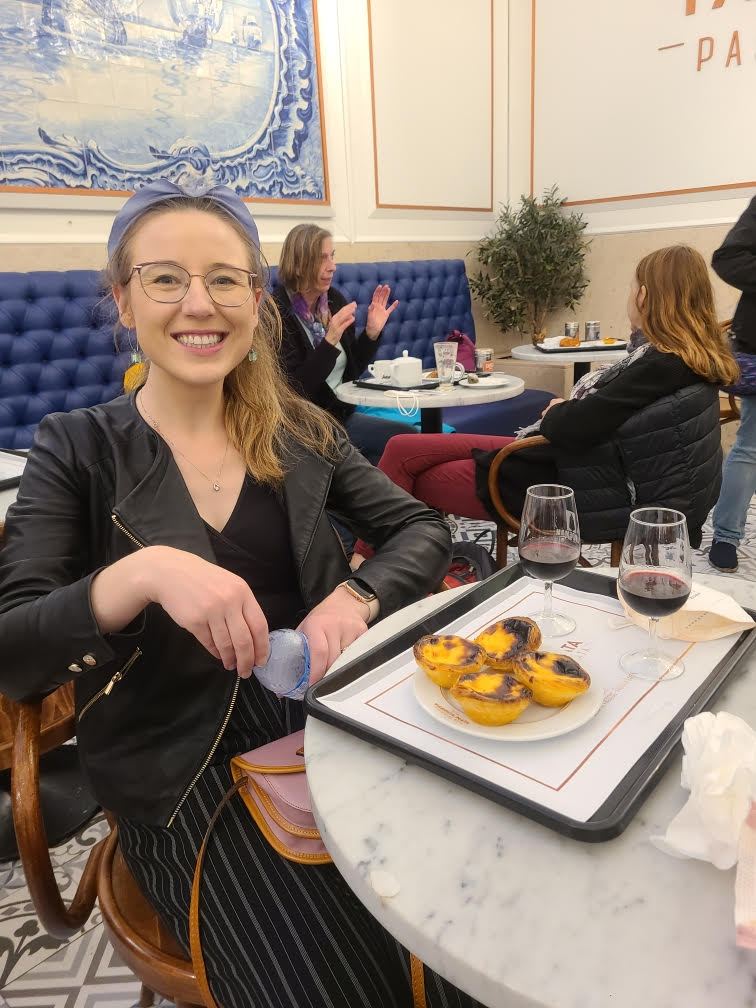“I would sooner be a foreigner in Spain than in most countries. How easy it is to make friends in Spain!”— George Orwell
In my last post I covered the first part of our trip to Madrid. You can check that out here: Madrid Trip with Mari-Alina Timoshchuk — Part 1.
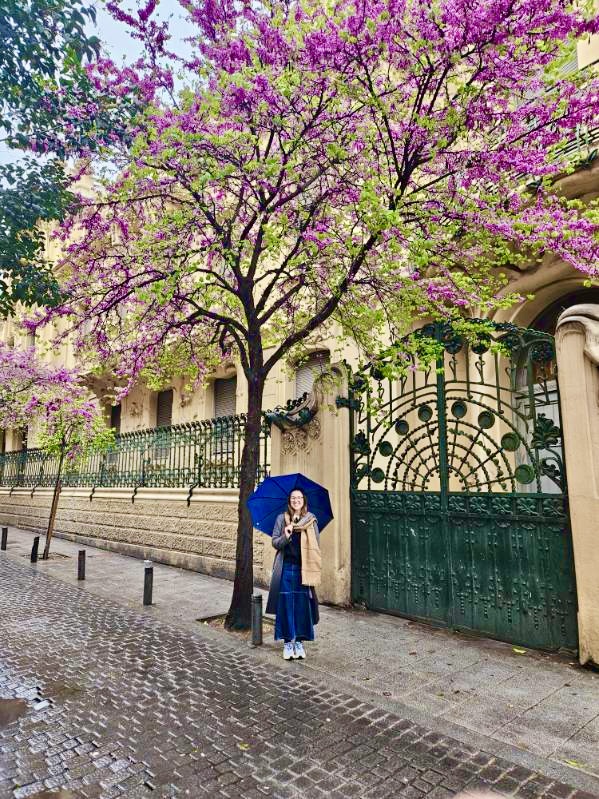
In this post I wanted to cover our trip to the Royal Palace of Madrid and Museo del Prado which is one of my favorite art museums in the world.
Royal Palace of Madrid:
The Royal Palace of Madrid (Palacio Real de Madrid) is the official residence of the Spanish royal family at the city of Madrid, although now used only for state ceremonies. The palace is the largest royal palace in Europe and owned by the Spanish state.
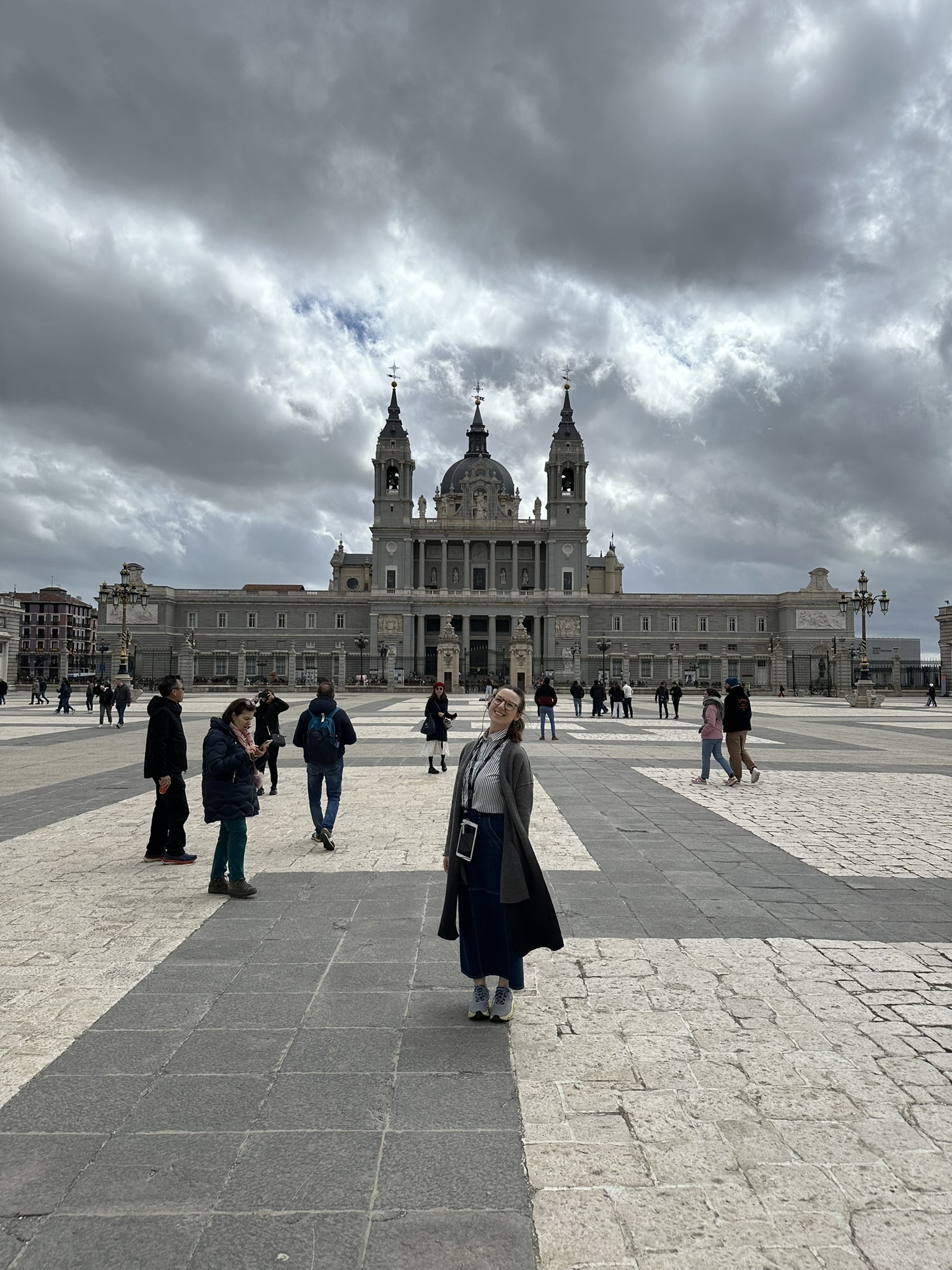
The palace is on the site of a bygone Muslin-era fortress constructed by Emir Muhammad I of Cordoba in the 9th century. The imposing alcazar of Madrid provided both a safe for the royal treasure and a habitual residence to the Trastamara onarchs in the late Middle Ages. Having endured substantial expansion works during the 16th century, the royal alcazar remained on the site until it burned down on the 24th of December 1734.
A new palace was then built from scratch on the same site on behalf of the Bourbon dynasty. Construction spanned the years 1738 to 1755 and follwed a Beminiesque design by Filippo Juvarra and Giovanni Battista Sacchetti in cooperation with Ventura Rodriguez, Francesco Sabatini, and Martin Samiento. During the Second Spanish Republic the building was known as “Palacio Nacional.”
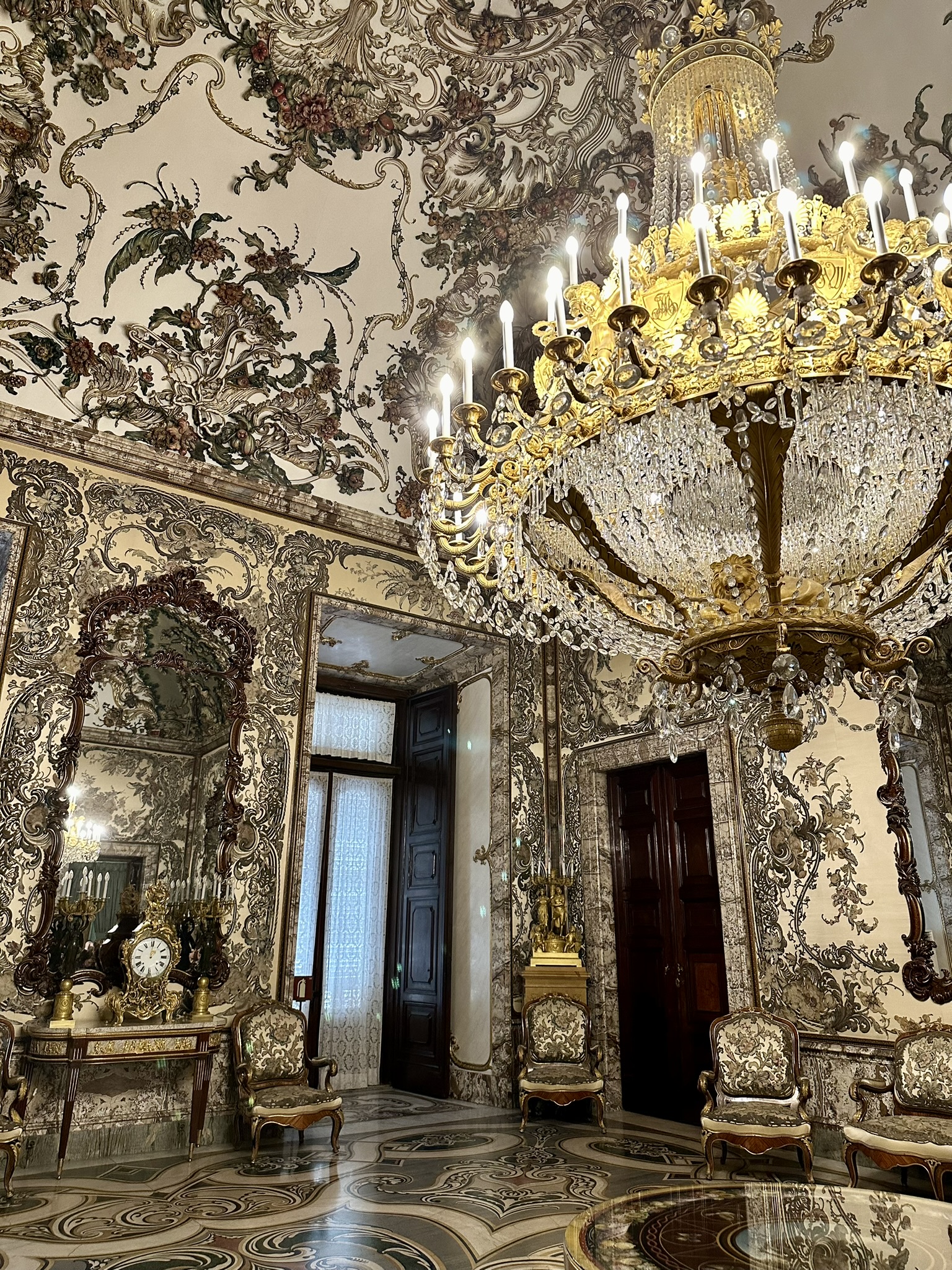


The interior of the palace is notable for its wealth of art and the use of many types of fine materials in the construction and decration of its rooms. It includes paintings by artists such Caravaggio, Juan de Flandes, Francisco de Goya, and Diego Valaquez, and frescoes by Giovanni Battista Tiepolo. Many of the paintings at some time hung in the palace as part of the Spanish royal collection are exhibited elsewhere, especiallly in the Prado Museum and the Royal Collection Gallery both in Madrid.
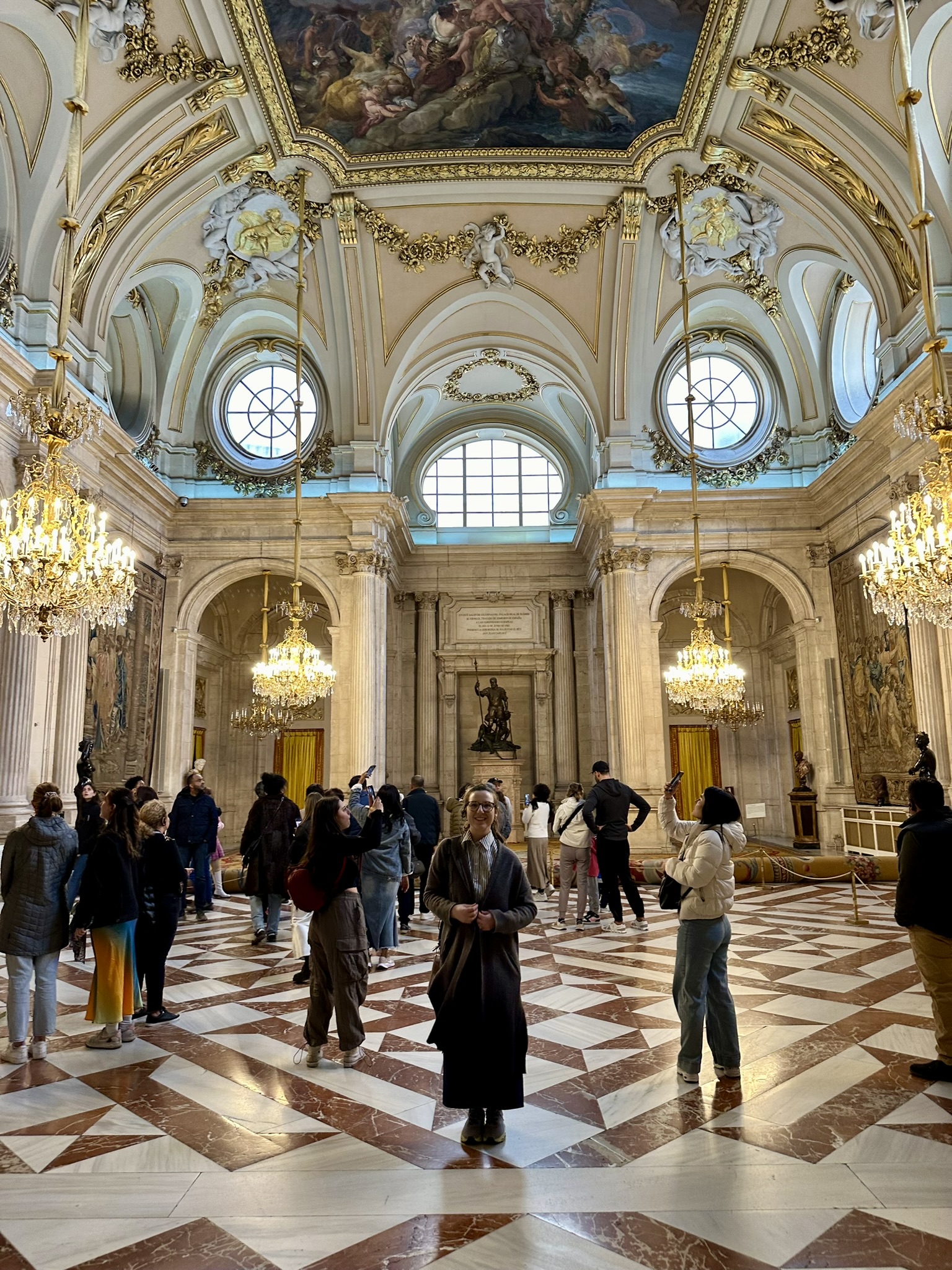

Regarding the exterior of the palace, the main facade consists of a two story rusticated stone base, from which rise ionic columns on Tuscan pilasters framing the windows of the three main floors. The upper story is hidden behind a comice which encircles the building and is capped with a large balustrade. This was adorned with a series of statues of saints and kings, but these were relocated elsewhere under the reign of Charles III to give the building a more classic appearance.
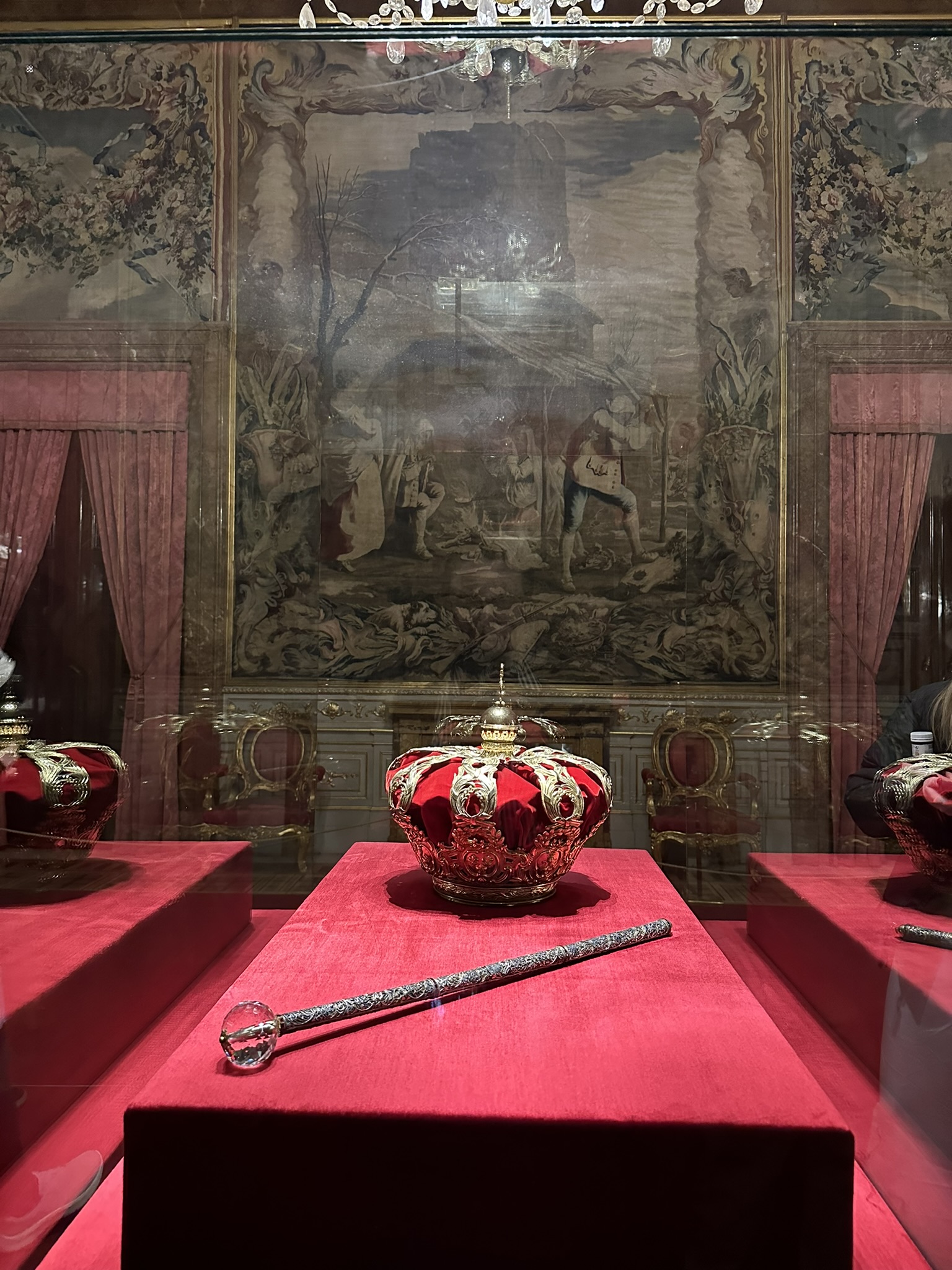

One of the best features of the palace was the Royal armory. The armoury is considered one of the best in the world and consists of pieces as early as the 13th century. This collection of weapons and armor once worn by kings and their top soldiers. The building was designed by J.S. de Lema and E. Repulles, was opened in 1897.
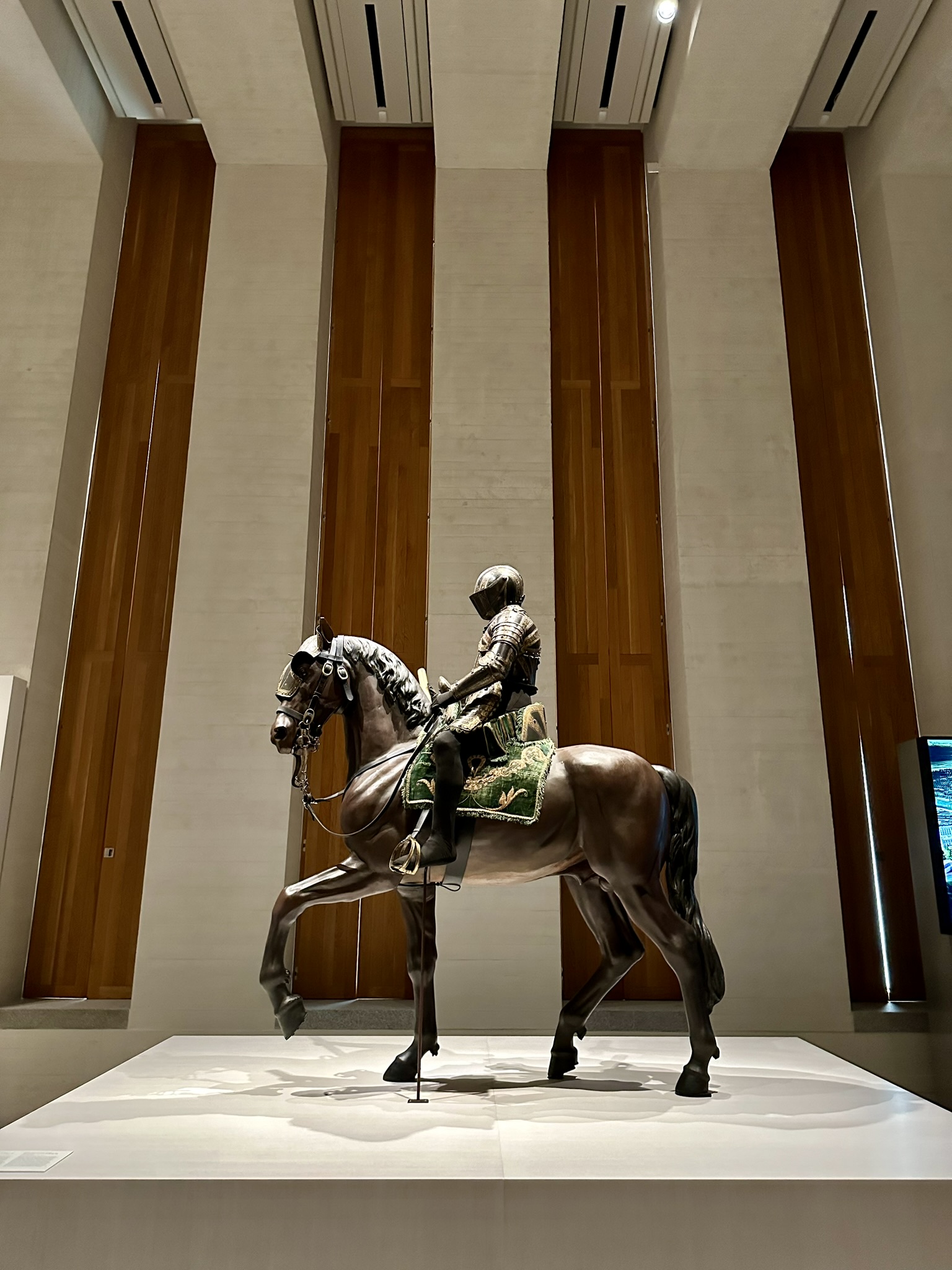
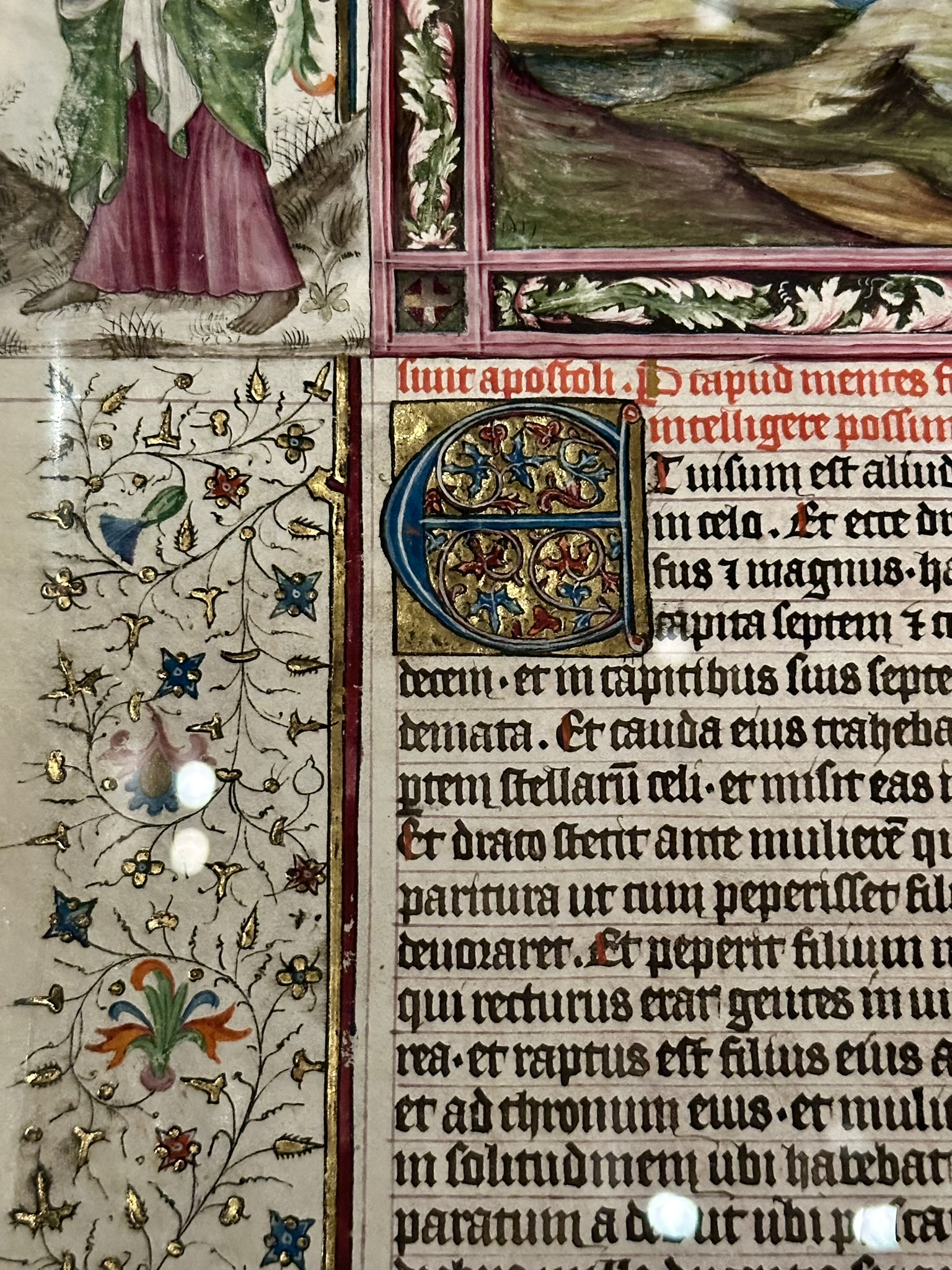

The collection highlights the tournament pieces made for Charles V and Philip II by leading armourers of Milan and Augsburg. AMong the most remarkable works are full armour and weapons that Emperor Charles V used in the Battle of Muhlberg, and which was portrayed by Titan in his famous equestrian portrait housed at the Museo del Prado. Unfortunately, parts of the cllection were lost during the Peninsular War and during the Spanish Civil War.
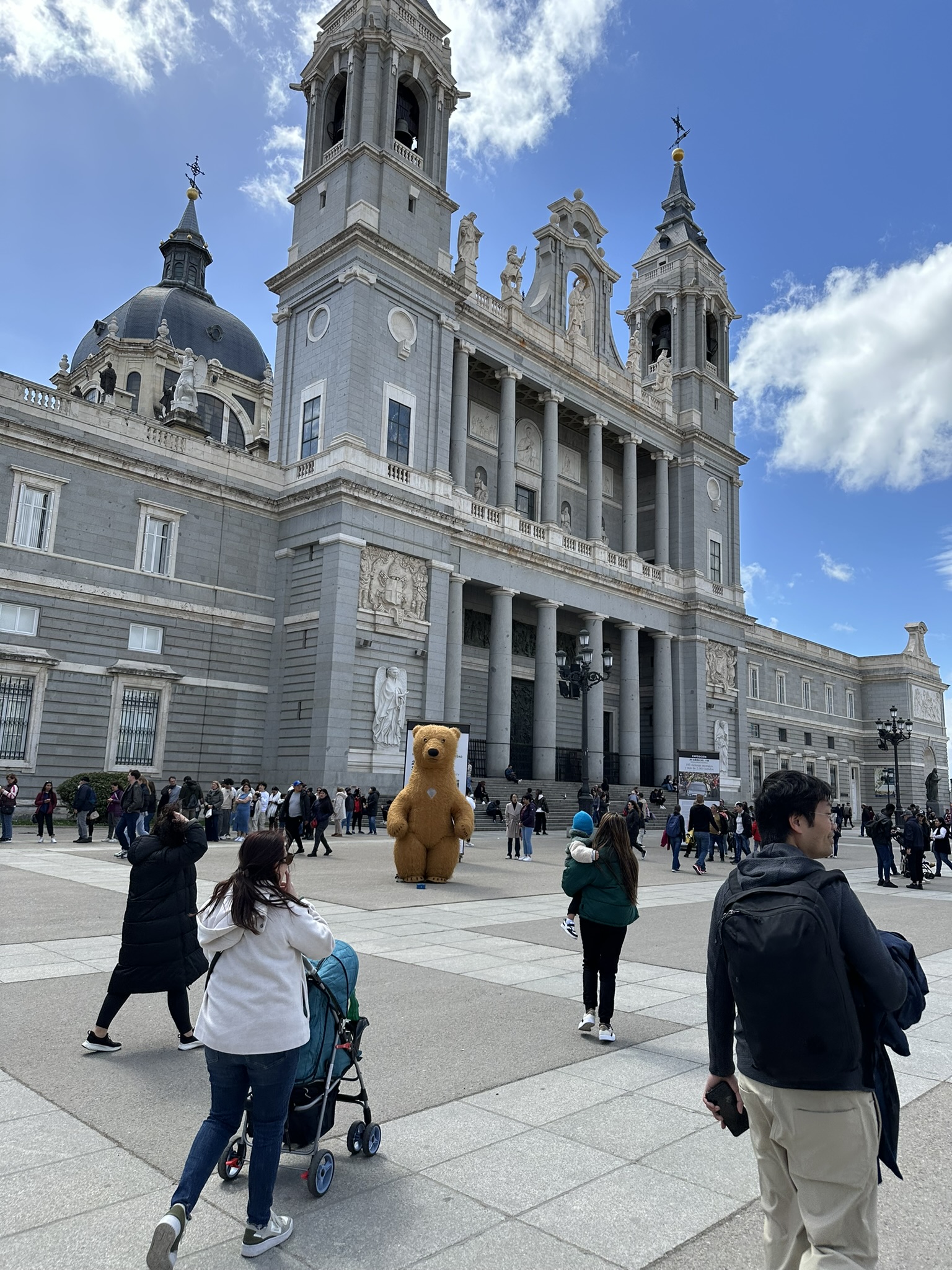
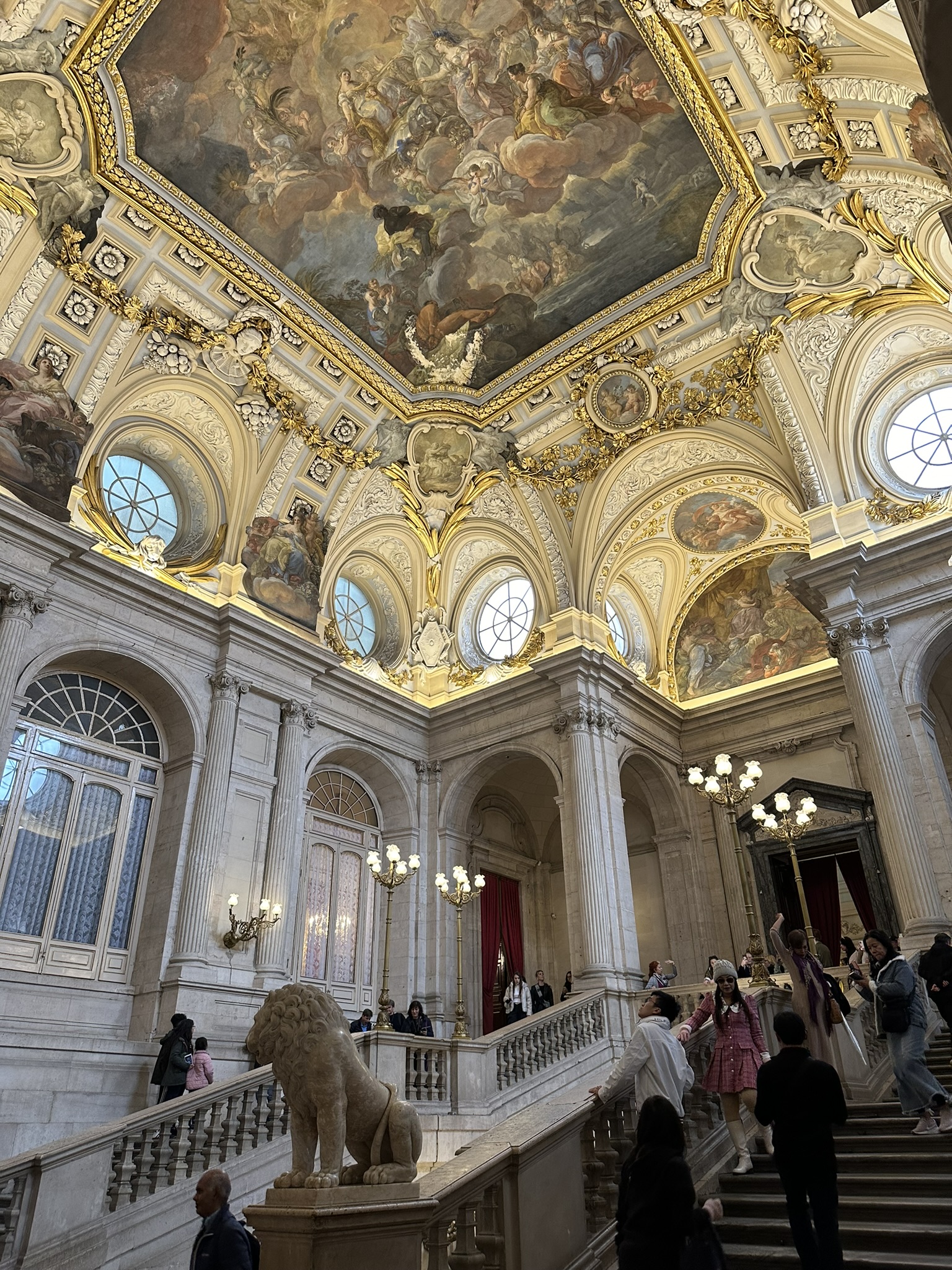
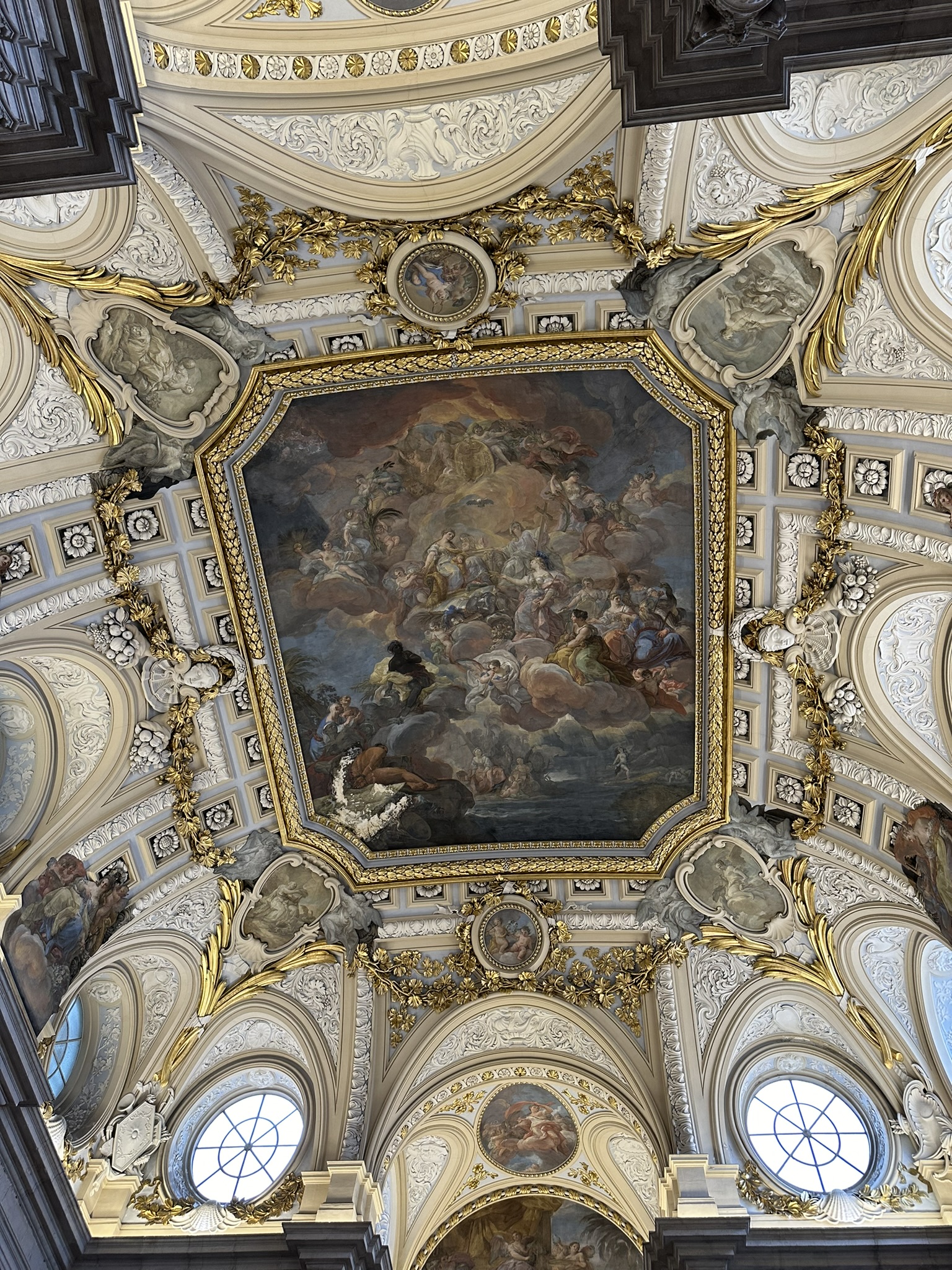
Still, the armoury retains some of the most important pieces of this art in Europe and the world, including a shield and bourgonet by Francesco and Filippo Negroli, one of the most famous designers in the armourers’ guild.
The tickets for the palace and the gallery are easily urchased day of or in advance. We didn’t find the line too long and the palace is directly adjacent to the water with a wonderful view. It’s combination of architecture, history, and art makes it a must see for anyone visiting Milan.
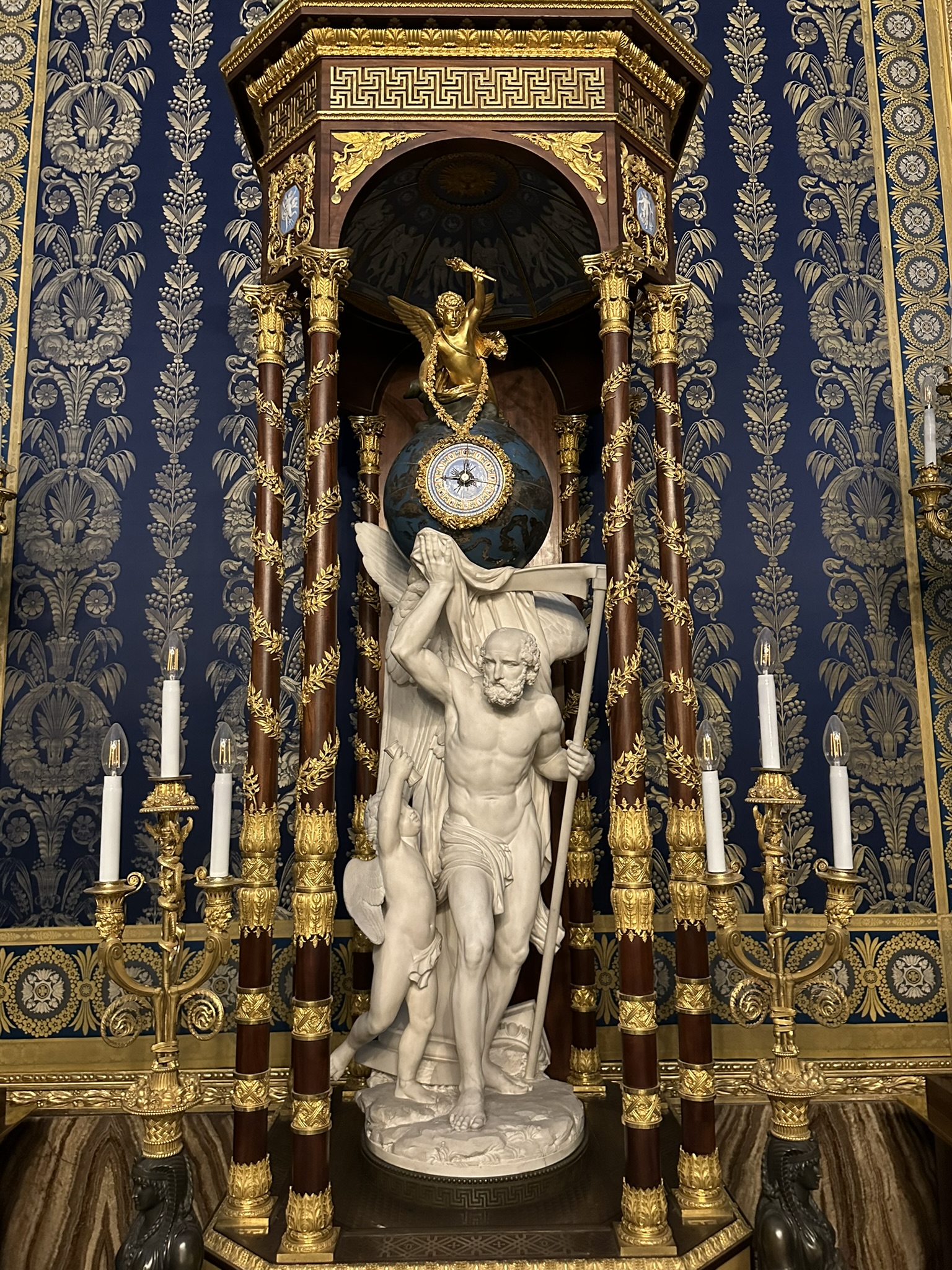
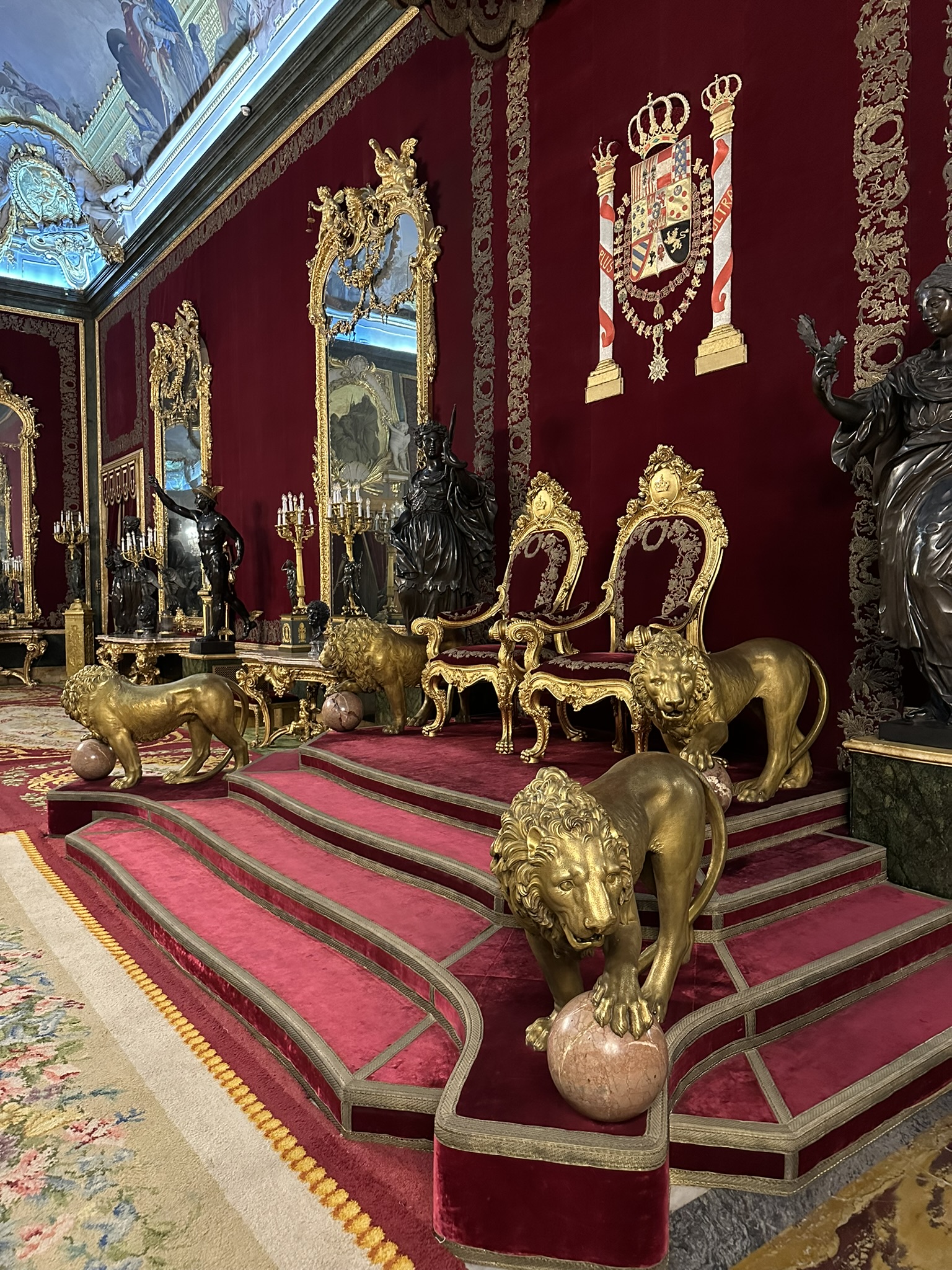

Museo del Prado:
The Museo del Prado is officially known as Museo Nacional del Prado, is the main Spanish national art museum, located in central Madrid. It houses collections of European art, dating from the 12th century to the early 20th century. Originally founded in 1819, it also contains important collections of other types of works including numerous works from some of my favorite painters including Francisco Goya and Diego Velaquez.

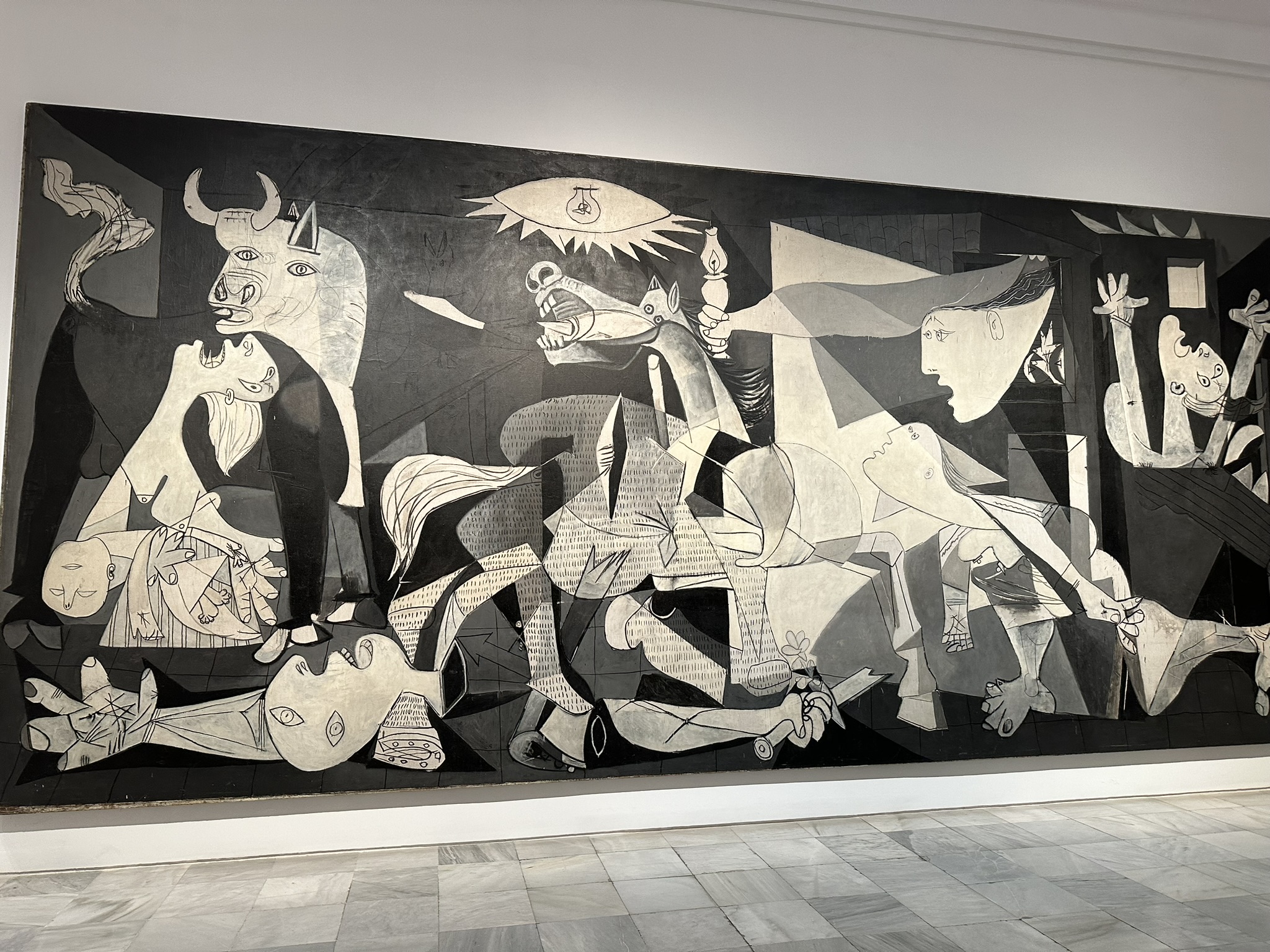

The collection currently comprises around 8,200 drawings, 7,600 paintings, 4,800 prints, and 1,000 sculptures, in addition to many other works of art and historic documents. As of 2012, the museum displayed about 1,300 works in the main buildings, while around 3,100 works were on temporary loan to various museums and official institutions.
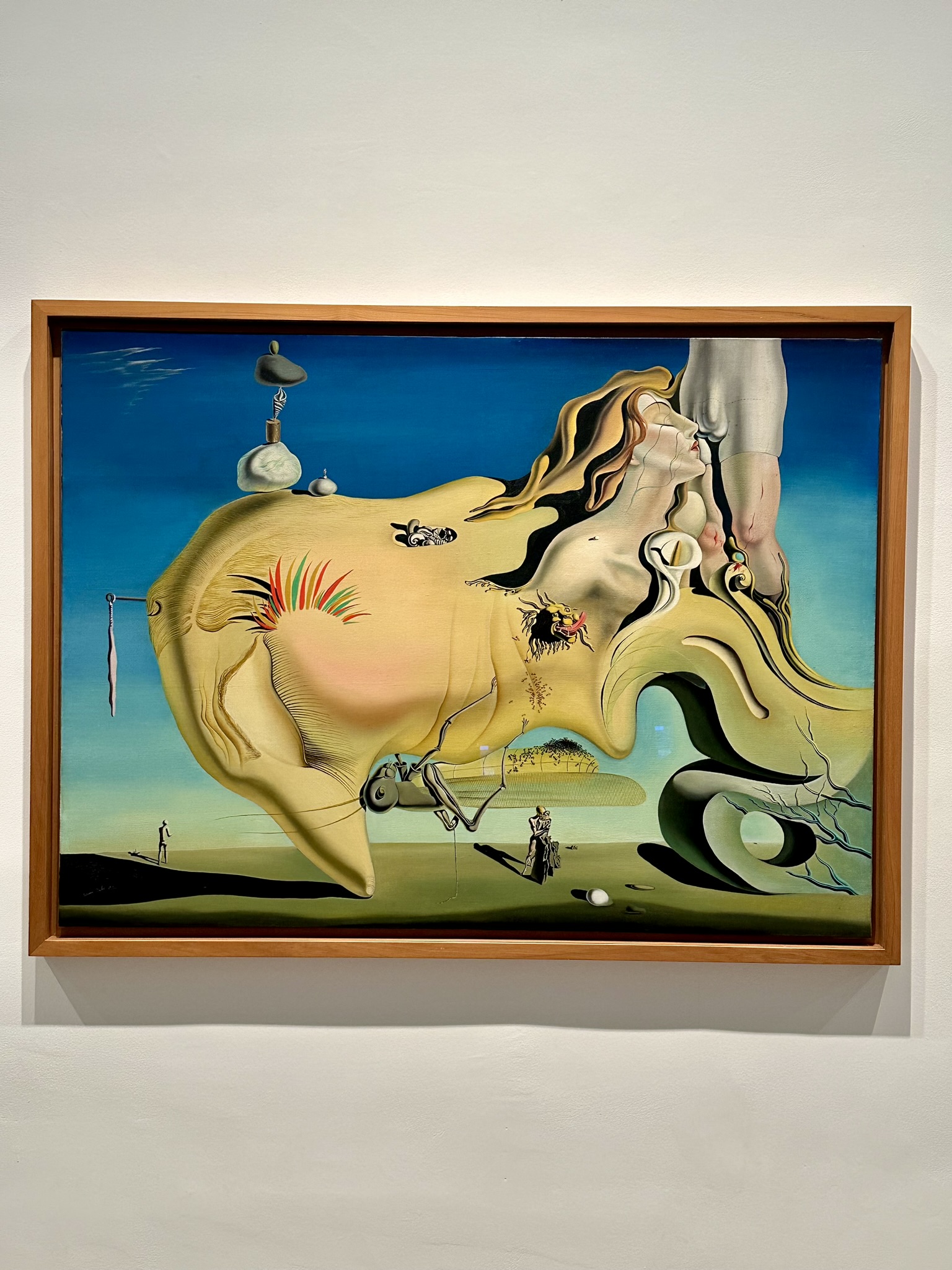
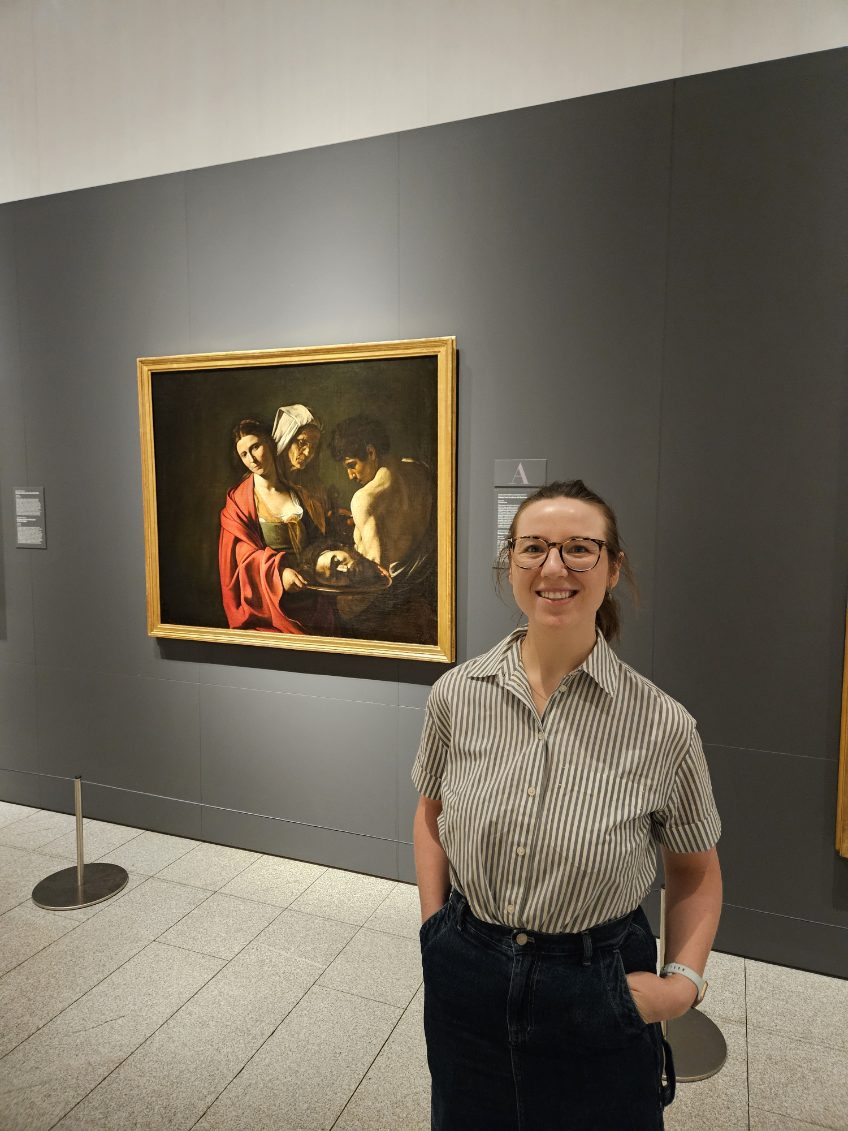
The Prado and the nearby Thyssen-Bornemisza Museum and the Museo Reina Sofia from Madrid’s Golden Triangle of Art along the Paseo del Prado, is included in the UNESCO World Heritage list in 2021.
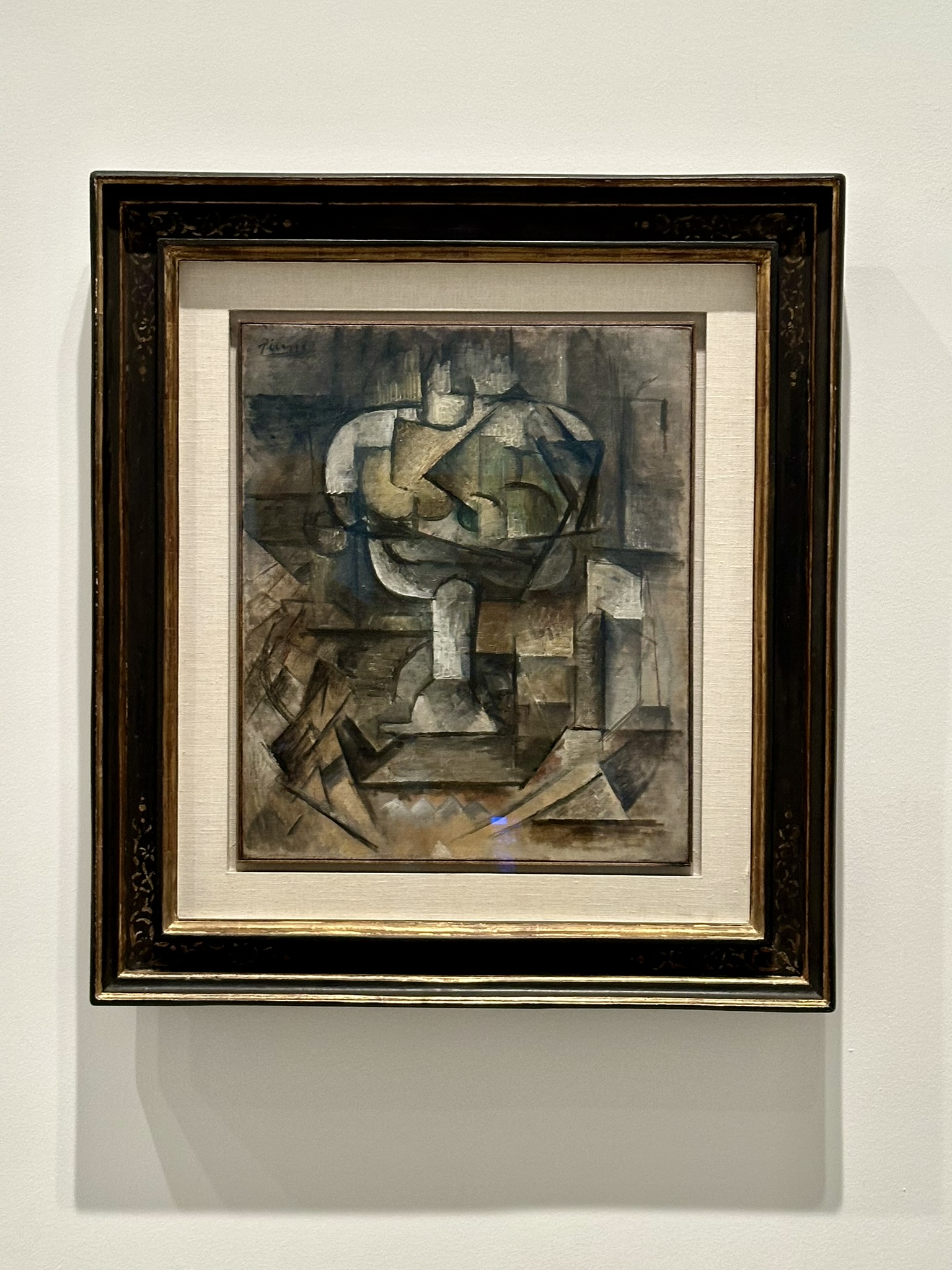
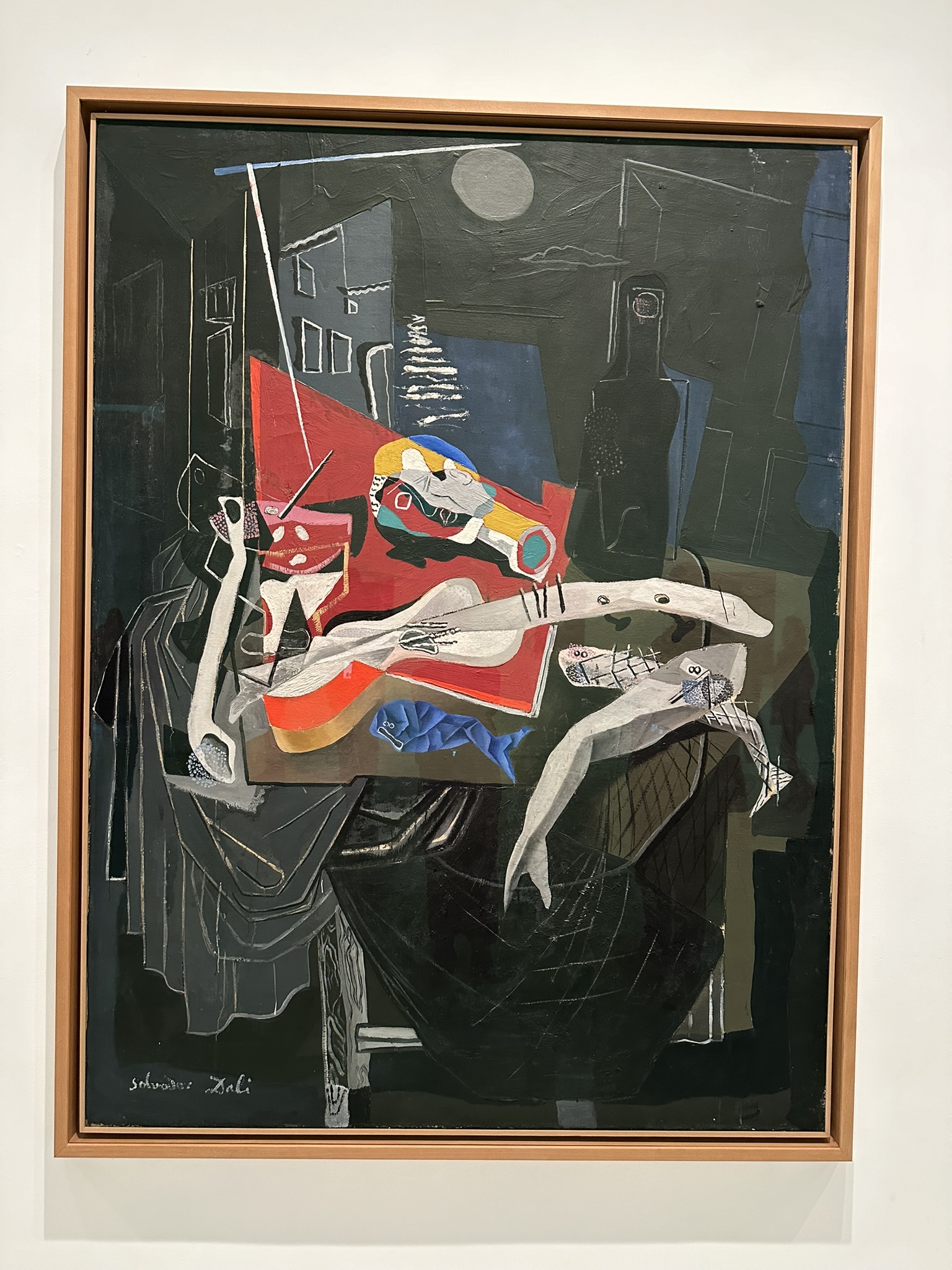
Spectacular Madrid:
As a last homage to this spectacular city here are some facts that I learned when writing this blog.
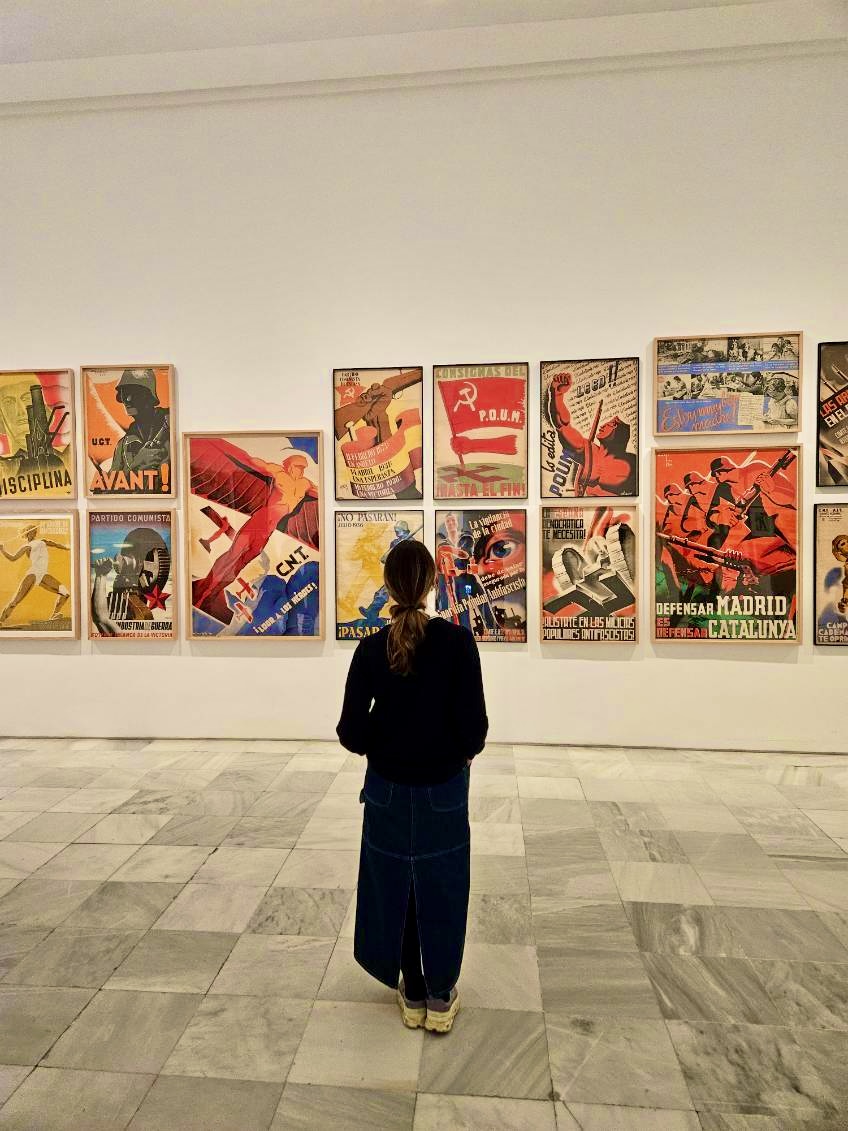
- It’s name comes from the Arabic magerit with “Madrid” meaning “a place of many streams.”
- It is one of the greenest cities in Europe. It has more than 300,000 trees, equivalent to 20 trees per person.
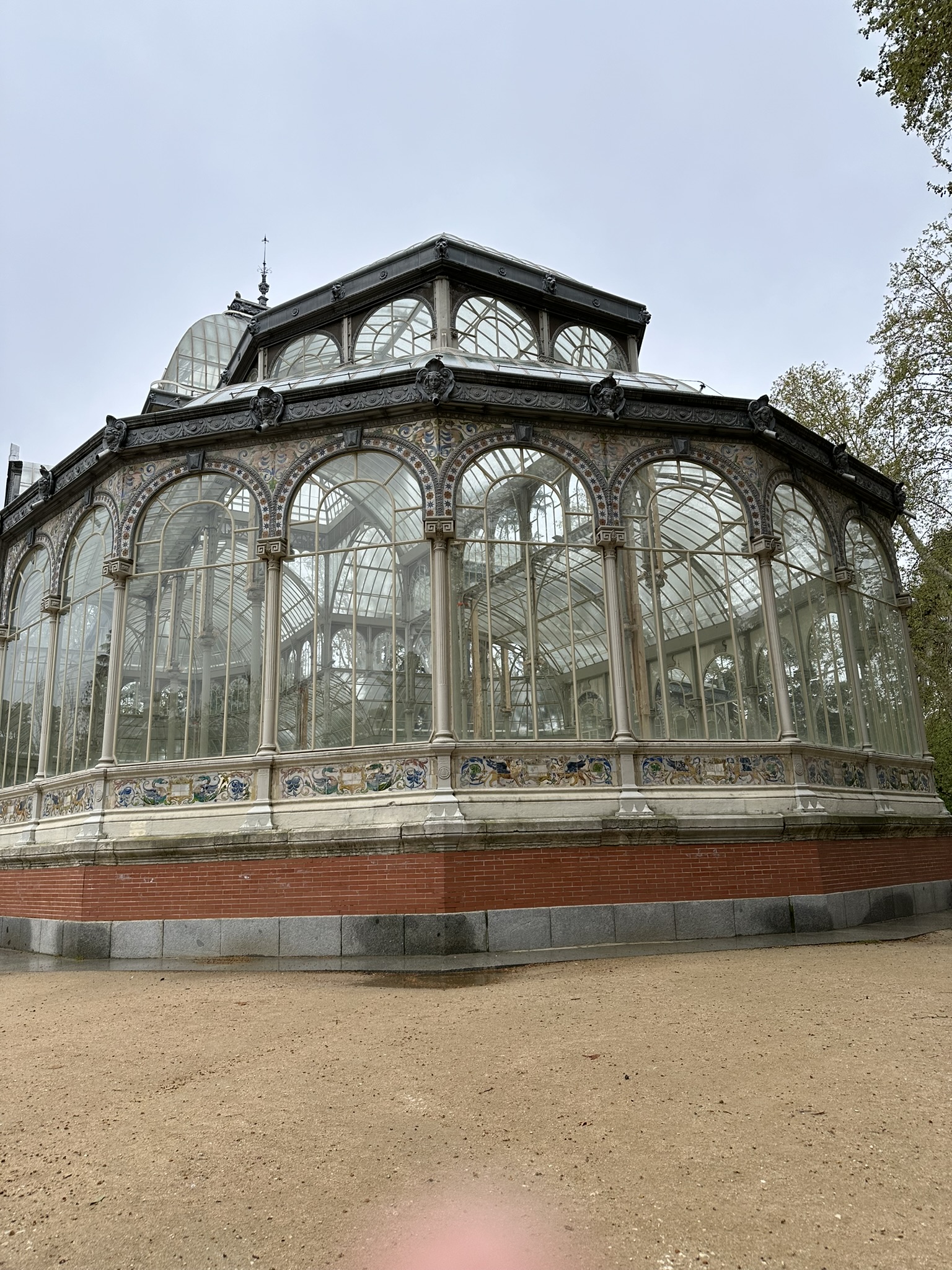
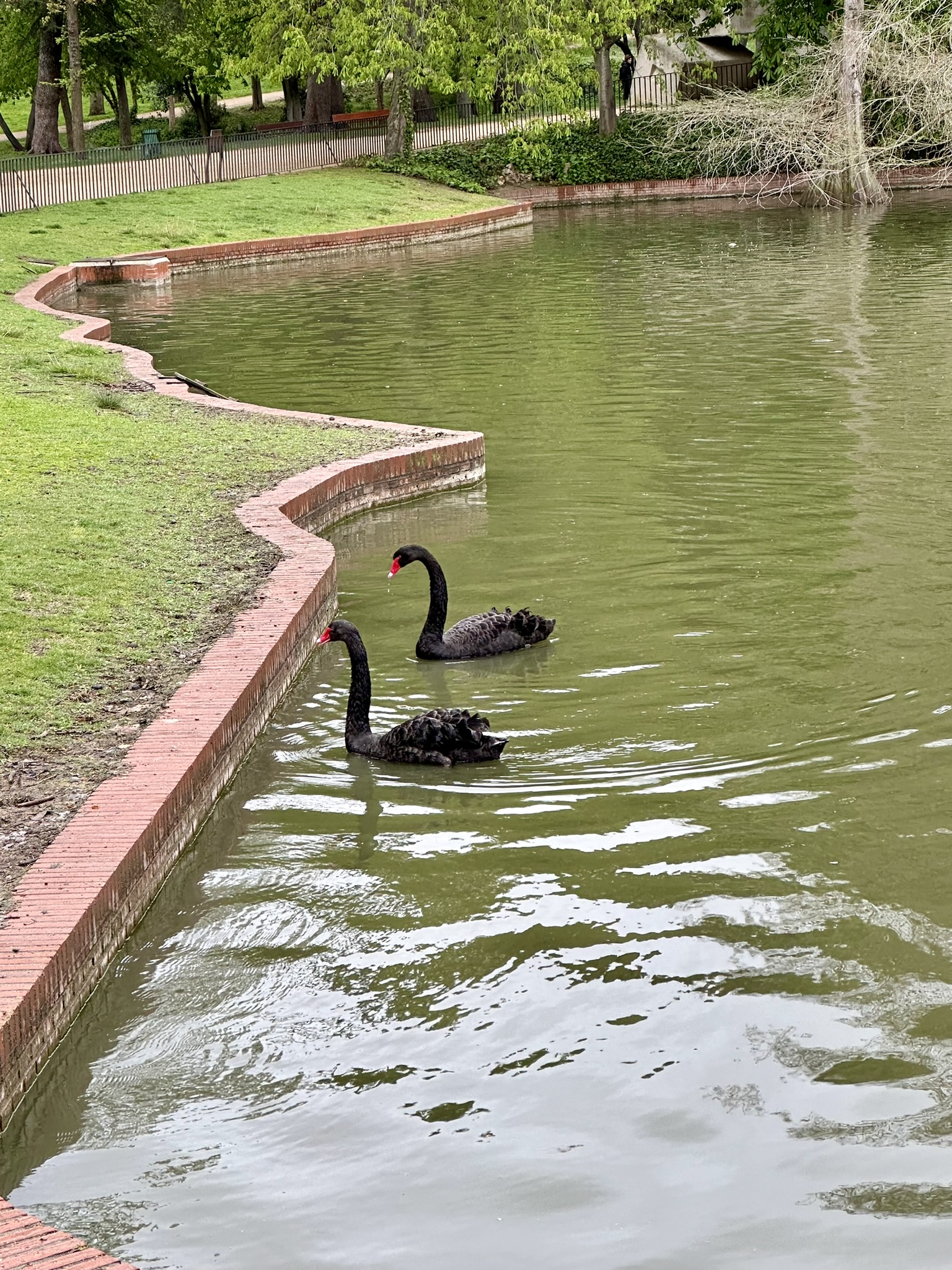
- The official symbol of Madrid is a bear, specifically “The Bear and the Strawberry Tree” or “El Oso y El Madrono.” The symbol shows a strawberry tree and a bear on its hind legs trying to climb or eat from it. The symbol represents an era when bears roamed the city limits.
- It is the highest capital city in Europe. Surprisingly, Madrid is situated at an elevation of 667 meters above sea level, making it the highest European capital.
- Madrid is home to the oldest restaurant in the world. Established in the early 17th century (1725) Sobrino de Botin still operates to date and serve the typical Madrid cuisine at Calle Cuchilleros.
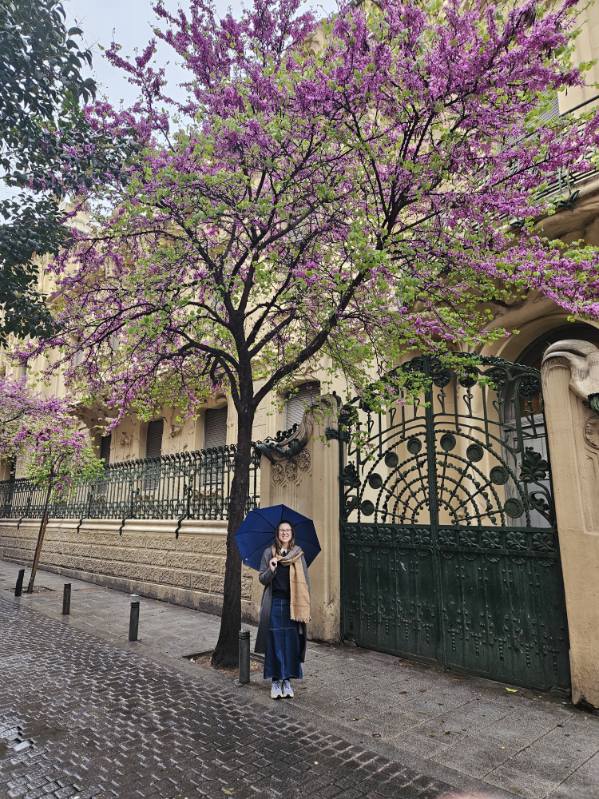
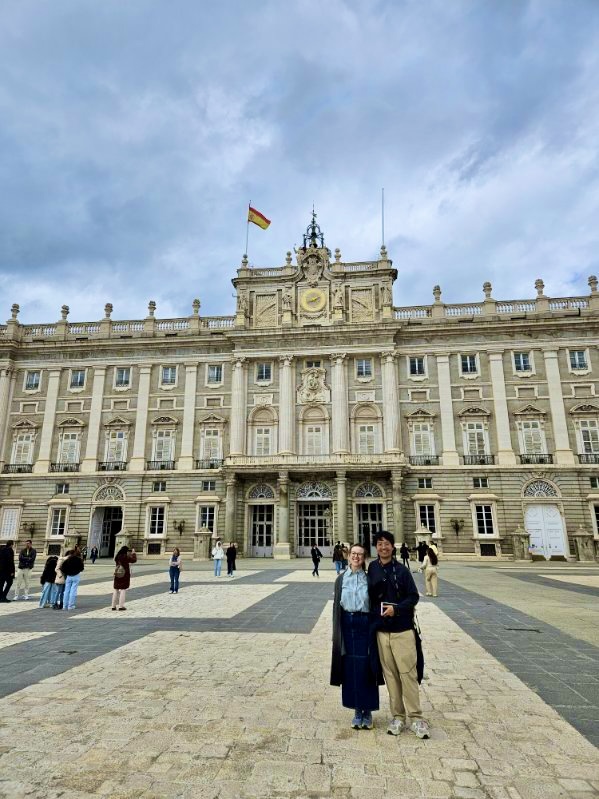
- It has the only monument to the devil in the world. Madrid’s Retiro Park has broken the record of being the only park in the world with a statue of the devil. The statue is dedicated to Lucifer, the fallen angel and is located in the Fuente del Angel Caido. Additionally, the statue has creature like parts (gargoyle heads) at the bas, spitting water.
- Spanish rads start in Madrid. The central hub of all the roads in the country are located in Puerta del Sol where a sign indicates kilometer 0, marking the center of the Spanish road network.
I hope this guide has helped you. It was certainly nice to remember this magical city and share some of its highlights. Thank you for reading!
